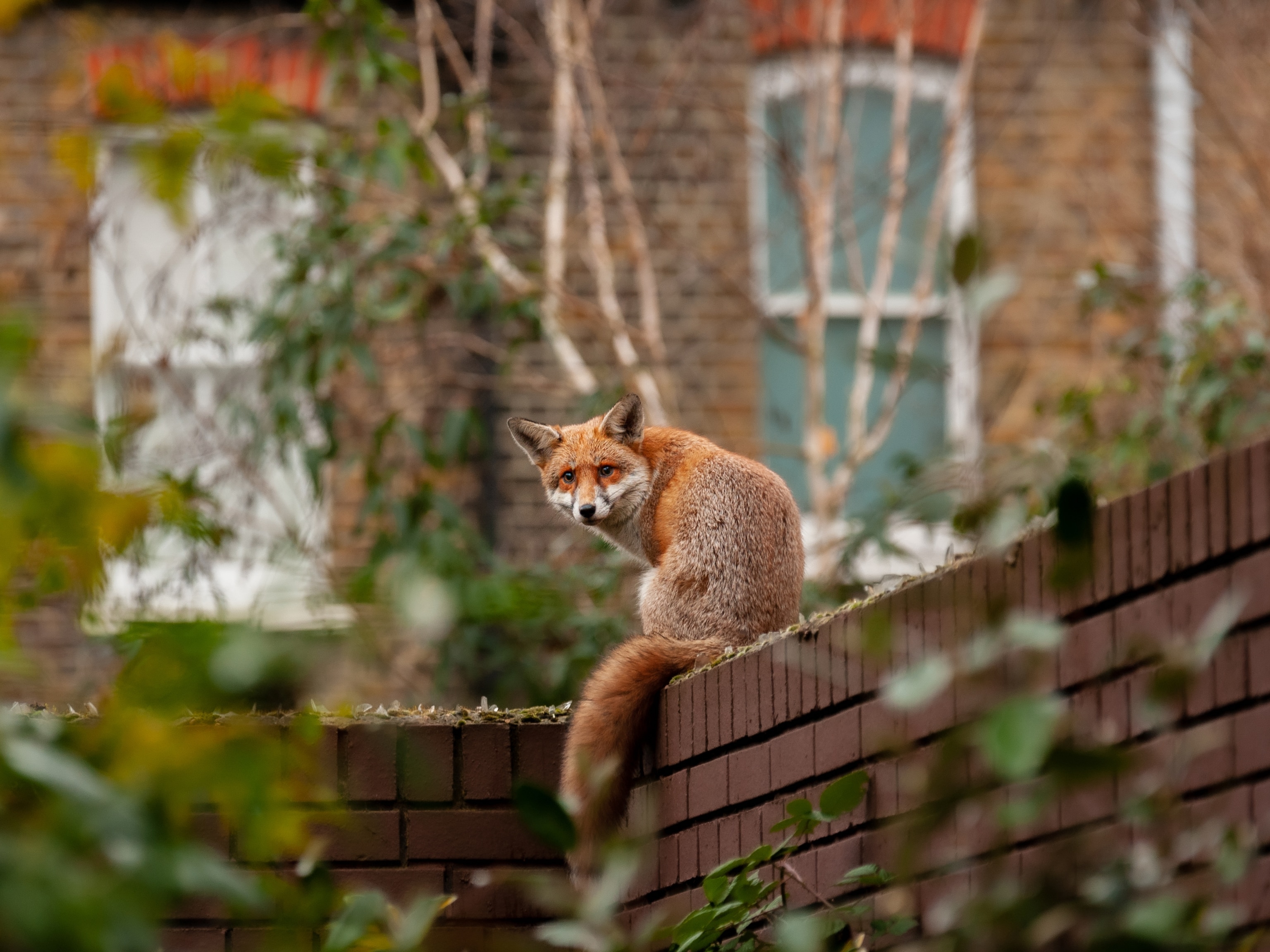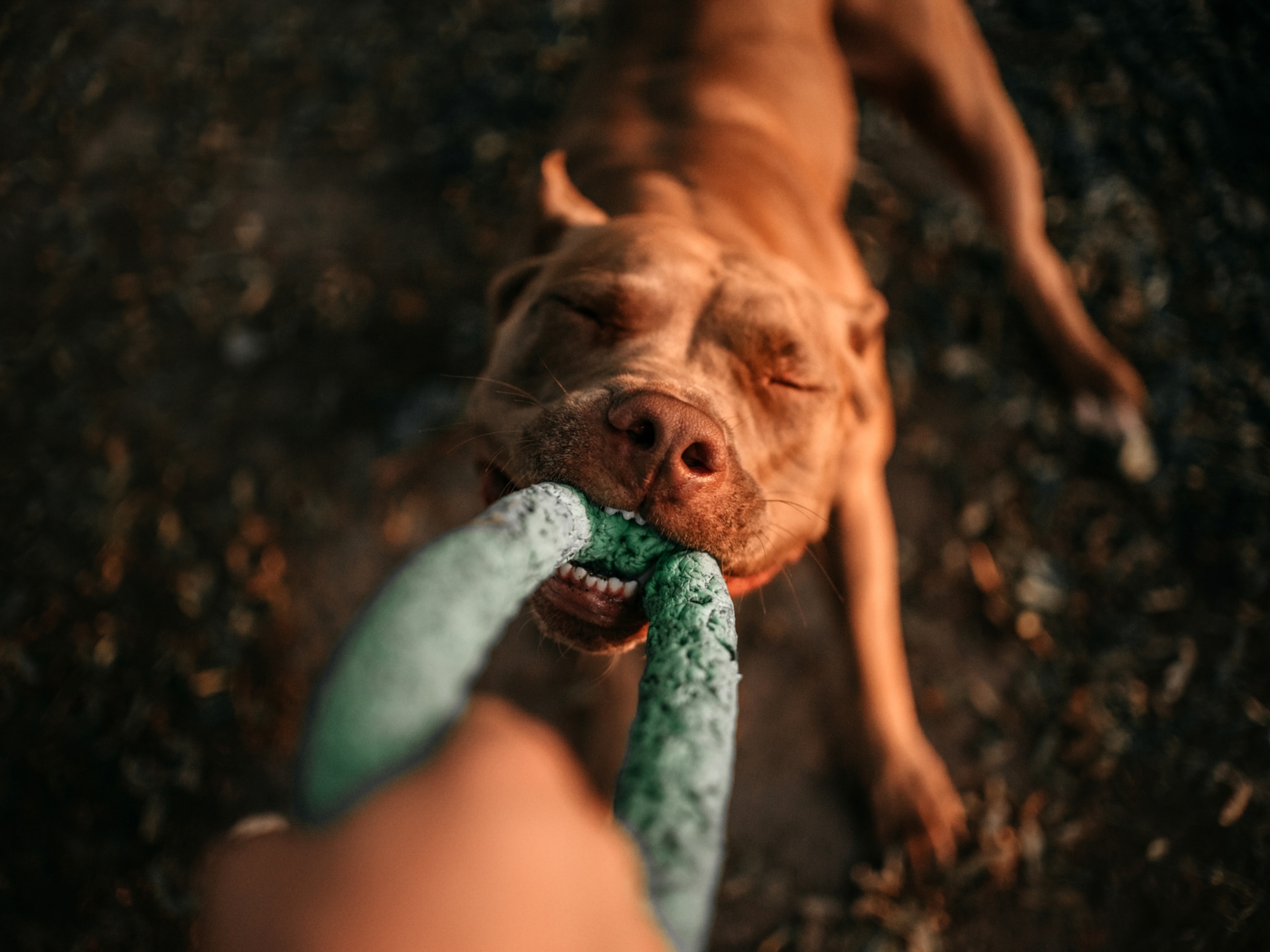
Demand for 'Cute' Bulldogs Is Destroying the Breed
A new genetic analysis finds a worrying lack of diversity among the popular dog breed.
The bulldog may be a symbol of strength and tenacity, but more than a century of selective breeding has weakened the once-tough canine.
The dogs have breathing, skeletal, and skin problems, and, even worse, many can't naturally mate or give birth. If they develop breathing difficulties early, it's unlikely they will make it past the age of five.
Now, the first complete analysis of bulldog genetics, published July 28 in Canine Genetics and Epidemiology, reveals that the breed has very low genetic diversity.
That lack of genes poses a huge challenge for breeders hoping to naturally reintroduce healthier traits into the population, a practice called reverse breeding, says study leader Niels Pedersen, a veterinary researcher at the University of California, Davis. (Read more about how dogs evolved in National Geographic magazine.)
“In our estimation, it will be difficult, and possibly impossible, to back off and reverse breed the dogs,” says Pedersen.
According to the American Kennel Club, bulldogs—also called English bulldogs—are currently the fourth most popular breed in the U.S.
More of the Same
Researchers collected and analyzed DNA from 139 bulldogs—including a control group of healthy pups that live in North America, Europe, and Argentina—and another group of dogs admitted to the UC Davis veterinary hospital for a variety of ailments.
The results were striking.
Unfortunately for the bulldog, many of the physical features that make them desirable also make them unhealthy.
In a healthy, diverse population, each individual would be expected to have a largely dissimilar genomic structure, but in the case of the bulldogs, large regions of the genome were the same in every individual sampled. (See your dog pictures submitted to National Geographic.)
Furthermore, the researchers found a worrying lack of diversity in the region of the genome that regulates the dogs' immune system. The scientists observed no differences between the healthy dogs and the ailing pets at the hospital.
Part of the reason for the low genetic diversity is that modern bulldogs likely stem from a founder population of only 68 individuals. From this shallow gene pool, bulldogs lost even more diversity as they were selectively bred for short faces, squat bodies, and wrinkly skin.
Loving Them to Death
Unfortunately for the bulldog, many of the physical features that make them desirable also make them unhealthy. (See "Dogs' Brains Reorganized by Breeding.")
Take that cute, flattened face. Breeding for flat faces has resulted in an extreme form of brachycephaly—a shortening of the skull—that is now the leading cause of death for bulldogs. The condition leads to a variety of breathing troubles and overheating.
The misshapen heads also affect reproduction, because bulldog puppies cannot fit through their mother's birth canal and must be delivered via cesarean. Pedersen estimates that 80 percent of bulldog births result from artificial insemination and cesarean.
To Adam Boyko, a geneticist at the Cornell University College of Veterinary Medicine, the new research shows a "classic dog-breeding story."
"Look at how they looked a hundred to 150 years ago,” says Boyko, who wasn't involved in the new study. Photographs from the mid-19th century show bulldogs with longer faces, straight tails, and minimal wrinkling.
“There has been a lot of intensive selection on bulldogs, and you had a bottleneck at the beginning as well; it reduces genetic diversity. Add in inbreeding and it can create a whole bunch of problems.”
Grotesque, But Cute?
With bulldog puppies rising in popularity—some puppies sell for up to $30,000, says Pederson—it's obvious breeders are responding to market demand for "cuter" animals.
But the public and breeders need to make a concerted effort to save the bulldog.
Registries, like the American Kennel Club, could help by loosening their breed standards. Broader standards would allow for new traits introduced by bloodlines from closely related breeds.
“Breeders have to realize they have a problem,” says Pedersen. (See "Dogs Are Even More Like Us Than We Thought.")
Otherwise, we may "end up with what some people would call a grotesque creature, and what others would call the most beautiful thing ever bred.”
Follow Aaron Sidder on Twitter.





